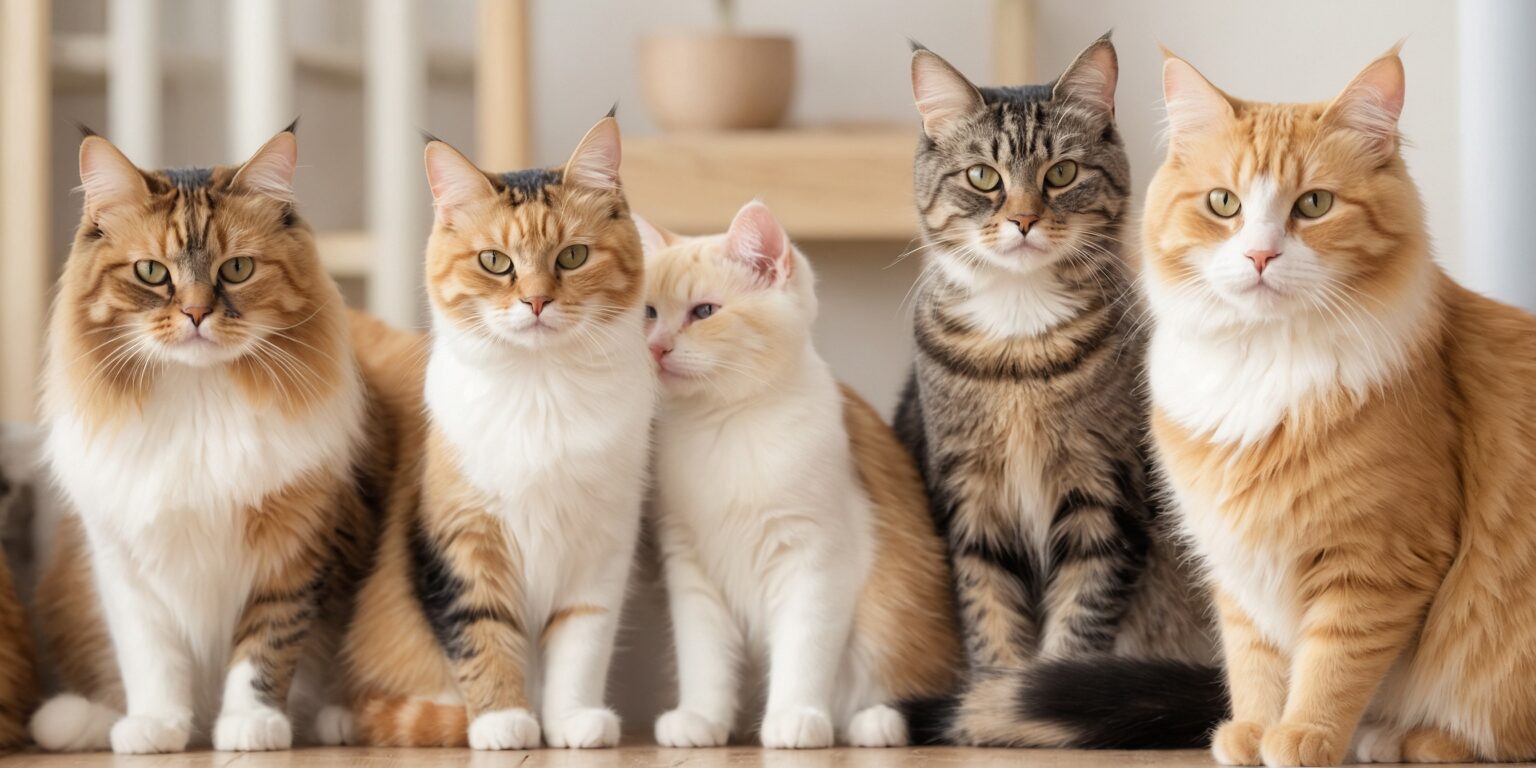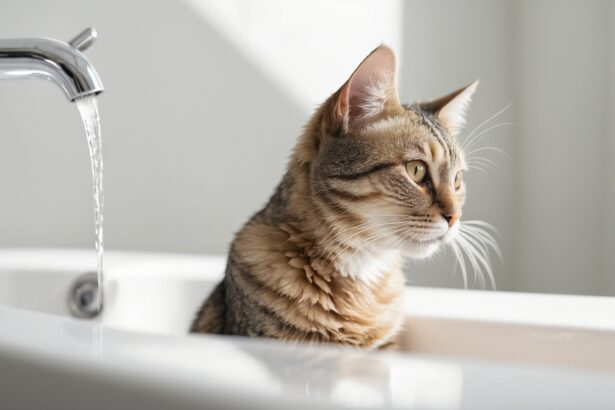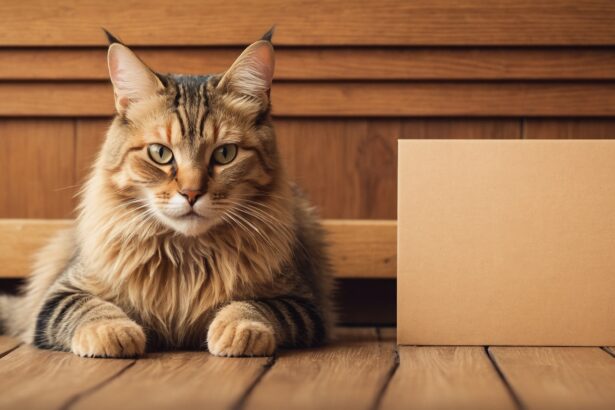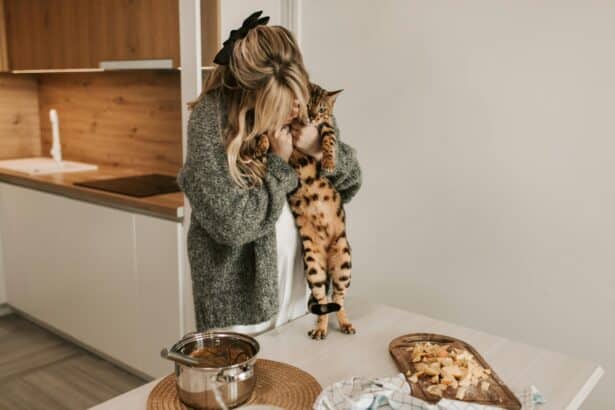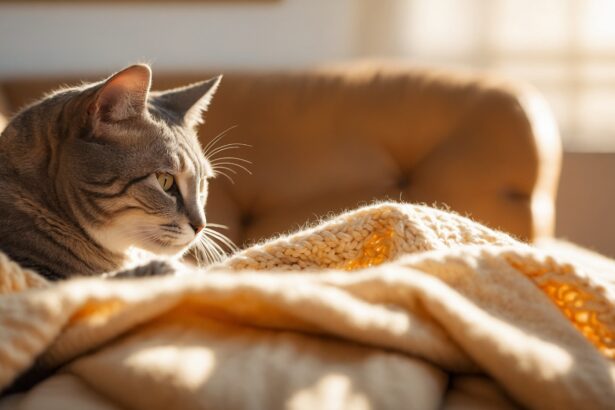You watch your cat and secretly wonder which feline family they belong to? Good news: a few reliable clues already narrow it down. Coat, size, body shape, origin… let’s learn how to recognize cat breeds gently, and without overthinking it.
In France, the LOOF (Livre Officiel des Origines Félines) officially recognizes dozens of breeds—and worldwide, there are even more. One golden rule before we dive in: only a pedigree proves a cat is purebred. Without that document, we talk about “type” or “look-alike.”
Want to browse common profiles, photos, and hallmark traits? Start with our easy visual guide: the ultimate guide to cat breeds.
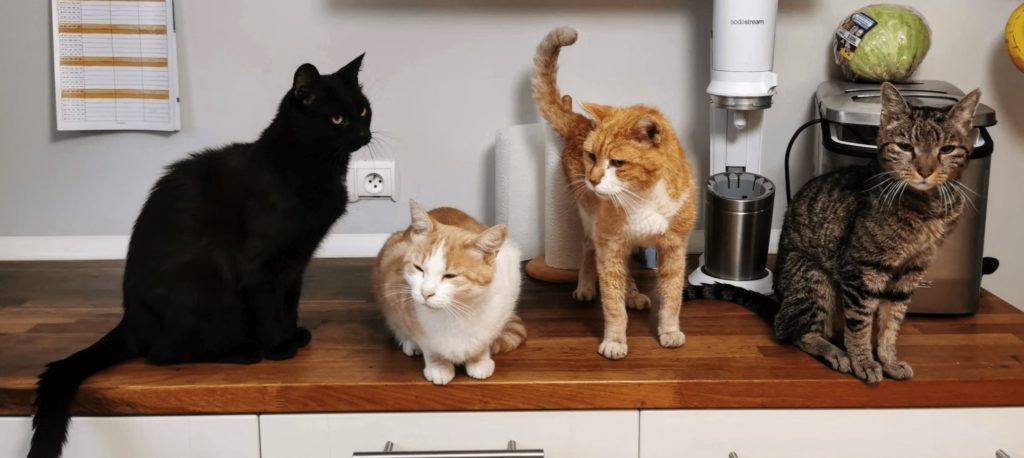
Purebred, mixes… where do you begin?
A “purebred” cat has ancestors that all meet the same breed standard—and a pedigree to back it up. Those standards define very precise traits: head shape, ear type, allowed colors, and more.
Mixed-breed cats inherit a cocktail of genes. In one litter, you can see very different faces, coats, and builds. That’s part of their charm.
Common mistake to avoid: confusing coat with breed. A “striped” cat isn’t automatically a Bengal, just as a “colorpoint” isn’t always a Siamese. Pattern alone never seals the deal.

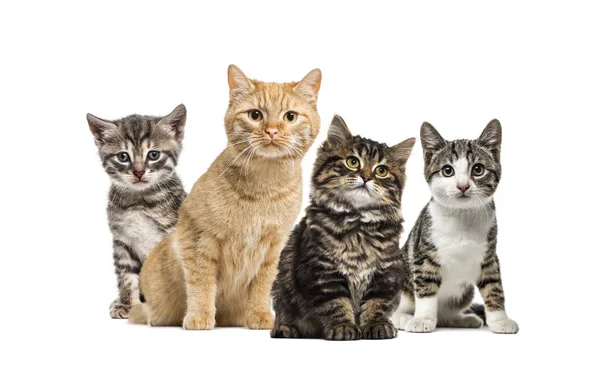
Thinking of adopting from a breeder? Take time to check documents, living conditions, and the match with the official standard. This roadmap helps you spot the good ones: how to choose a pedigree cat.
Use size and body shape to guide your ID
Don’t judge by kitten size—wait for the adult silhouette. Height, body length, bone structure, and tail shape are priceless clues.
Small, fine-boned breeds
Some cats stay compact and light, with delicate bone and lean muscle even as adults.
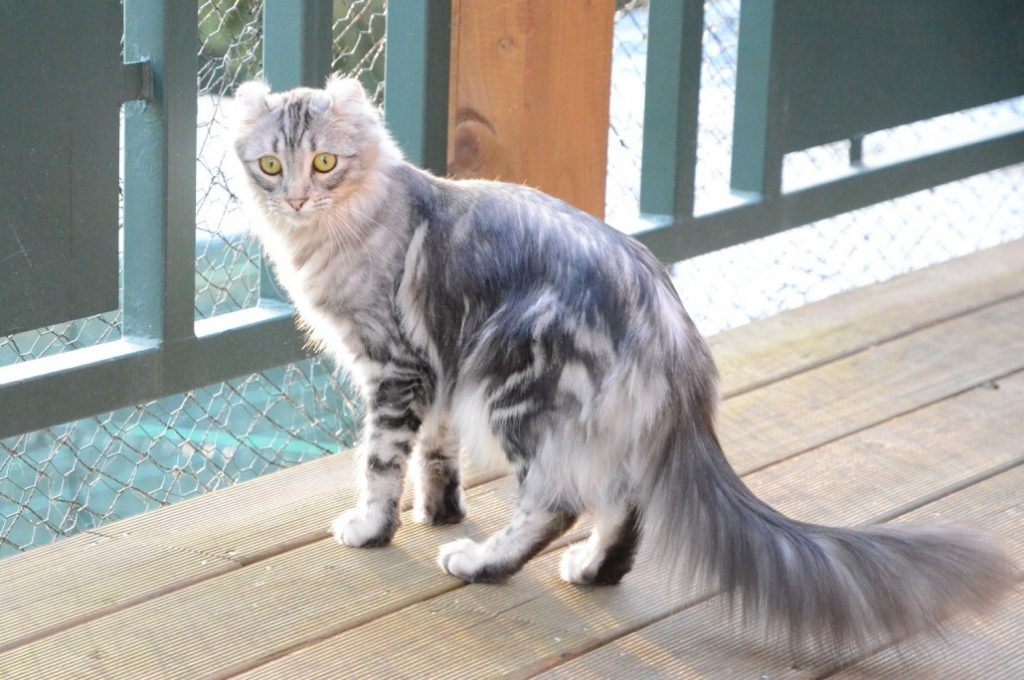
- American Curl
- Singapura
- Cornish Rex
Practical tip: take three photos of your cat—front, profile, and from above—next to a sheet of paper or a book for scale. Compare ear placement, muzzle length, and tail thickness with official standards. When you write down what you see, differences jump out.
Dwarf cats
The Munchkin has chondrodysplasia, which shortens the legs. The body remains proportionate, but gait and jumping style can differ slightly.

These cats need extra comfort, smart home layouts, and regular vet follow-up. Related varieties exist (Bambino, Kinkalow), each with its own specifics. Curious? Here’s the full breakdown: all about the Munchkin.
Large, impressive breeds
Long body, strong bone, broad chest—some felines have a presence you can’t miss. Coats can be short, semi-long, or long depending on the breed.
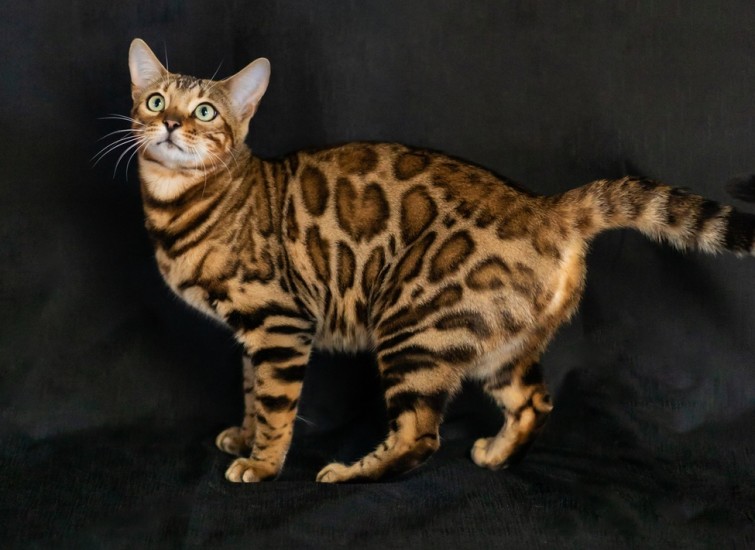
- Maine Coon: large, sweet, with a powerful frame and big, flowing tail. Meet the breed here: Maine Coon profile.
- Ragdoll: big-bodied, blue-eyed, and colorpoint.
- Bengal: spotted or marbled coat, athletic build.
- Norwegian Forest Cat: semi-long coat, big fluffy tail.
- Savannah: very tall and leggy, with bold spots.
Surprising fact: many solid-colored cats show “ghost” tabby stripes in sunlight—an ultra-common legacy of the tabby gene. Another fun truth: every orange (red) cat is technically tabby, even when the pattern looks very soft.
Reading coat patterns (and what they do—or don’t—say)
Patterns can guide you, but they can’t name the breed alone. Still, learning to spot them helps refine your search.
Solid coats
Black, white, blue (grey), chocolate, red, or cream—solid coats appear in many breeds. Helpful as a base color, but never a final answer.
Tabby patterns
Very common, with several subtypes. Look at stripe width, distribution, and any spots.
- Mackerel: fine, parallel stripes along the sides.
- Classic: bold swirls and circular motifs.
- Spotted: dark spots on a lighter ground.
- Ticked (agouti) or patched: multiple bands of color per hair, or patches of different colors.
Want to dive into famous coats, like the mysterious tortoiseshell “Isabelle”? Enjoy this deep-dive: tortoiseshell cat explained.
Fur clues: length, texture, and undercoat
Length (short, semi-long, long), density, and presence of an undercoat vary a lot by breed. Combine this with body shape for stronger clues.
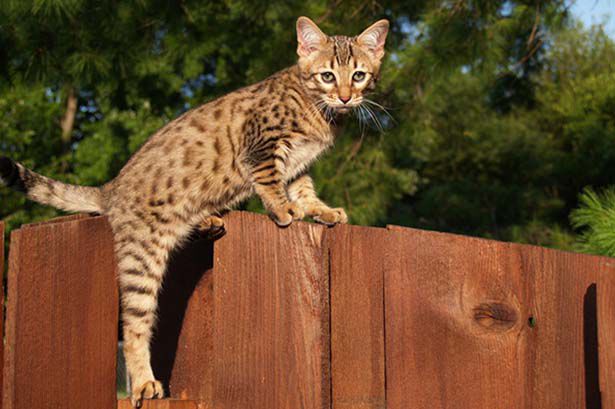
Some cats are hairless, others wear a ruff and “britches,” and some have silky guard hairs with little undercoat. Each combo points to a smaller set of breeds.
Try this 30-second check: comb a small flank area against the grain with a fine comb. If a plush undercoat pops up beneath the topcoat, that’s a highly discriminating clue between breeds.
Curious about hairless care and comparisons? Here’s a clear, caring guide: everything about the Sphynx.
Final telltales (and when to ask for help)
Ear shape (upright, rounded, curled), tail (very long, thick, short), and head profile (straight, convex, strong stop) sharpen your ID. Eye shape and color help too.
No pedigree? Even if your cat is a look-alike, the correct term is “type.” For confirmation, a breed club or seasoned pro compares your cat to the standard point by point.
Ready to keep exploring? Flip through more portraits and favorites here: best cat breeds guide.
Bonus watch-out
Tempted by online “breed calculators” or quick DNA promises? They can hint at ancestry, but they’re not official proof. Only an official pedigree certifies breed status.
Pro tip for movement geeks
Record a short slow-motion video from the side. Gait and tail carriage can echo breed traits (think floating Ragdoll stride versus springy Bengal athleticism). It’s a lovely clue to add to your notes.
FAQ
How can I tell if my cat is purebred?
Only an official pedigree proves it. Without it, use “type” (look-alike), not purebred, even if the resemblance is strong.
Can color alone identify the breed?
No. Color and pattern are clues, but you also need body shape, coat type, head profile, tail, and ideally ancestry.
Is weight or size enough to guess the breed?
Also no. They guide you (small, large, very large), but many breeds share similar sizes. Cross-check at least three categories of clues.
What is the LOOF?
France’s official registry (Livre Officiel des Origines Félines) that manages recognized breeds and pedigrees.


